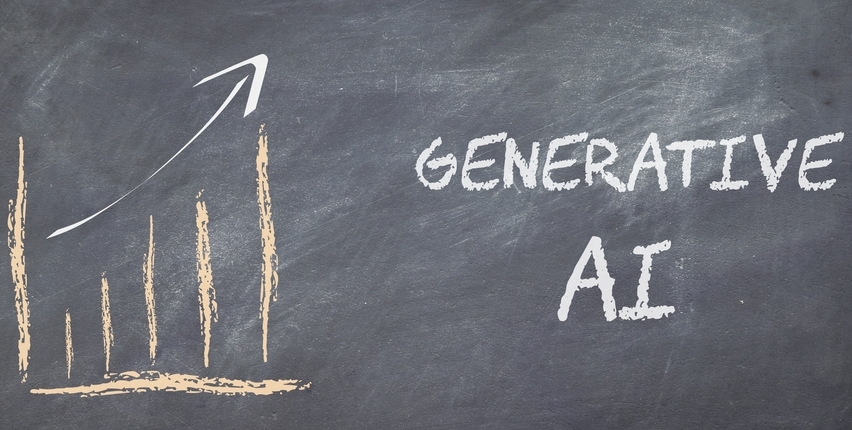Effective communication is crucial in the success of any construction project. From design to completion, clear and timely communication between all stakeholders helps ensure that everyone is on the same page, reducing the risk of errors, delays, and misunderstandings. It enables project teams to collaborate effectively, making sure that all issues are addressed promptly and efficiently.
In construction projects, effective communication goes beyond simply exchanging information; it also involves active listening and understanding. Listening attentively to clients’ needs and concerns helps build trust and fosters strong relationships throughout the project. Additionally, clear communication with suppliers ensures that materials are delivered on time and according to specifications. Without effective communication, there is a high chance of misinterpretation or misalignment of goals among various parties involved in the construction process.
Ultimately, effective communication streamlines decision-making processes throughout each phase of a construction project. By sharing relevant information in a timely manner, stakeholders can make well-informed decisions quickly. This not only saves time but also reduces unnecessary costs associated with rework or changes requested due to miscommunication. Moreover, when clients are kept in the loop through transparent communication channels such as progress reports or regular meetings, they gain confidence in the construction team’s expertise and feel more involved in the process overall.
Overview of AI and Big Data technologies.
Big Data and Artificial Intelligence (AI) technologies are revolutionizing various industries, and the construction sector is no exception. By harnessing the power of AI and Big Data, construction companies can optimize communication with clients and streamline project management processes. AI algorithms can analyze massive amounts of data collected from various sources, including sensors, social media platforms, weather forecasts, and market trends. This vast pool of information enables construction professionals to make data-driven decisions in real-time.
One significant advantage that AI brings to the table is predictive analytics. By analyzing historical project data and patterns, AI algorithms can predict potential issues or delays before they happen. This proactive approach allows construction firms to nip problems in the bud by addressing them swiftly or even preventing them altogether. Moreover, AI-powered chatbots can be implemented into project management systems to respond quickly to client inquiries 24/7. These virtual assistants not only enhance communication but also free up precious time for project managers to focus on more complex tasks.
The integration of Big Data technology goes hand-in-hand with AI in optimizing communication with clients during construction projects. Construction companies often handle massive volumes of data related to budgets, schedules, progress reports, material specifications, vendor contracts – just to name a few. Managing this extensive database in traditional ways can be overwhelming and prone to errors; however leveraging Big Data technology provides a centralized platform for storing and analyzing all this information efficiently.
Benefits of using AI and Big Data in construction project communication.
AI and big data have revolutionized various industries, and the construction sector is no exception. When it comes to project communication with clients, these technologies offer numerous benefits that streamline processes, enhance collaboration, and improve overall project outcomes. One of the key advantages of using AI in construction project communication is its ability to automate repetitive tasks, such as updating stakeholders on the progress of a project or sending reminders for upcoming deadlines. This not only saves time but also ensures that all relevant information is conveyed efficiently.
AI-powered chatbots can be deployed to interact with clients in real-time, addressing their queries promptly without human intervention. These chatbots are equipped with natural language processing capabilities that enable them to understand complex conversations and provide accurate responses. By leveraging AI and big data in this way, construction firms can significantly enhance client satisfaction by providing instant support round-the-clock.
Another significant benefit of utilizing AI and big data in construction project communication lies in their ability to analyze vast amounts of data in real-time. With sensors embedded throughout worksites collecting information about various aspects such as temperature, humidity levels, equipment usage, and workforce productivity; AI algorithms can process this data quickly and provide valuable insights. This enables contracting firms to make informed decisions promptly based on actual conditions rather than relying solely on assumptions or outdated information.
Case studies on successful implementation of AI and Big Data in construction.
Revolutionizing e-commerce for the construction industry, BAM’s case study demonstrates the remarkable synergy between AI and Big Data. The company ingeniously employed AI algorithms to meticulously scrutinize sensor data obtained from their construction site. This empowered them to promptly detect and forecast potential issues before they snowballed into costly delays or perilous accidents. By harnessing the power of real-time data analysis coupled with advanced machine learning capabilities, BAM revolutionized project scheduling optimization, fostered a safer working environment, and triumphantly delivered projects on schedule
Another inspiring example comes from Skanska UK. They used Big Data analytics to track energy usage and carbon emissions during the construction phase of a major project. By monitoring these metrics throughout the entire process, Skanska was able to identify areas for improvement and make more sustainable decisions that minimized environmental impact. This resulted in significant cost savings as well as recognition for their commitment to sustainability in the industry.
These two cases highlight how AI and Big Data can revolutionize decision-making processes in construction projects. By leveraging technology-powered analysis of large amounts of data, companies like BAM and Skanska are gaining valuable insights that help them improve operational efficiency, minimize risks, and contribute to more sustainable practices in an increasingly competitive industry. As technology continues to evolve, it is clear that implementing AI and Big Data solutions will become essential for future success in construction project management.
Challenges and limitations of using AI and Big Data.
The use of AI and big data in construction project communication with clients can greatly enhance efficiency and improve decision-making. However, it is important to acknowledge the challenges and limitations that come with these technologies. One major challenge is the accuracy of the data being used. While big data provides a wealth of information, there is always a risk of inaccurate or outdated data slipping through the cracks. This can lead to errors in decision-making and potentially have negative impacts on projects.
Another limitation of using AI and big data in construction project communication is the ethical implications surrounding privacy and security. The collection, storage, and analysis of large amounts of personal information raise concerns about how that data is accessed, shared, and protected from breaches. Clients may also have reservations about their personal information being used for targeted advertising or sold to third parties. It becomes crucial for companies to ensure transparency in their handling of client data and establish robust security measures to address these concerns.
Despite these challenges and limitations, embracing AI and big data in construction project communication can yield numerous benefits for both clients and companies involved. By staying vigilant with regards to accuracy issues in datasets while employing robust privacy policies, firms can harness the power of these technologies while minimizing risks associated with them – ultimately maximizing productivity across projects.
Future implications and possibilities for the industry.
The use of AI and big data in construction project communication with clients has the potential to revolutionize the industry. With the ability to analyze vast amounts of data, AI algorithms can provide valuable insights into project progress, identify potential risks or delays, and offer suggestions for optimizing resources and schedules. This level of information can significantly enhance client satisfaction by allowing for proactive decision-making and efficient problem-solving.
AI technology continues to advance, we can expect even greater integration and automation in construction project communication. For example, virtual assistants powered by AI could serve as personal project managers for clients, providing real-time updates on progress and addressing any concerns or questions they may have. This type of personalized interaction would not only streamline the communication process but also create a more engaging and collaborative experience for clients throughout the lifespan of a project.
AI and big data will also drive improvements in safety practices within the construction industry. By analyzing historical data on accidents or hazards at construction sites, AI algorithms can identify patterns or trends that could help prevent future incidents. Moreover, sensors embedded in equipment or wearable devices worn by workers can collect real-time data on factors like biometrics or environmental conditions that may pose risks. By leveraging this data through AI systems, managers can proactively address safety concerns before they escalate into accidents or injuries.
Conclusion: The potential for improved project communication with technology.
In conclusion, it is evident that the integration of AI and big data in construction project communication has immense potential for improving collaboration between stakeholders. The ability to collect, analyze, and visualize large amounts of data can provide valuable insights that can help identify bottlenecks, streamline processes, and make more informed decisions. This not only leads to increased efficiency but also enhances transparency and accountability.
Technology-driven communication tools like virtual reality (VR) and augmented reality (AR) have the potential to revolutionize how clients and contractors interact during the project lifecycle. These immersive technologies allow clients to have a realistic experience of their future space before it is constructed, helping them make better-informed design decisions and minimizing costly rework. By bridging the gap between imagination and actuality, VR and AR foster better understanding between clients and contractors, leading to improved satisfaction levels.
Overall, with the advancements in AI, big data analytics, VR/AR technologies as well as other communication platforms such as online project management systems or mobile apps; there is great potential for improved project communication within the construction industry. Embracing these technological solutions not only boosts efficiency but also drives innovation in an industry that often lags behind others in terms of integrating new technologies into its processes.
The post Using AI and Big Data to Optimize Construction Project Communication with Clients appeared first on Datafloq.



